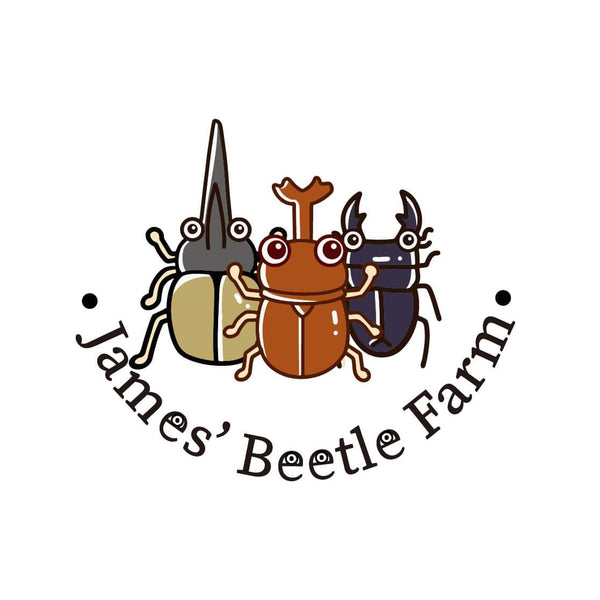The female Eastern Hercules Beetle stands as a remarkable example of nature's power and intrigue. Known for its size and strength, this insect captivates those who encounter it. While the male version of this beetle is often the star of many discussions, the female Hercules Beetle is just as fascinating in its own right. Understanding these creatures can open doors to a world that many rarely explore, revealing the lesser-known aspects of insect life that go beyond mere size.
The Magnificent Size of the Female Eastern Hercules Beetle
At first glance, the female Eastern Hercules Beetle might seem like a smaller version of its more celebrated male counterpart. However, even without the large horns, it still commands respect due to its sheer size. These beetles can grow up to 3 to 4 inches in length, making them one of the largest beetles found in North America. Their impressive size, combined with their powerful legs, makes them appear both majestic and intimidating.
What truly sets this beetle apart, aside from its size, is its resilience. These beetles can lift objects that are several times their weight, much like their male counterparts. This strength, coupled with their armored exoskeleton, makes them well-equipped to survive in their often harsh environments. Although not adorned with the large, intimidating horns of the males, the females still possess all the traits that make them capable of thriving in the wild.
Behavior and Habitats of the Female Hercules Beetle
The Eastern Hercules Beetle lives in the moist, decaying wood of forests, where it feeds on the rotting organic matter. This habitat is essential to the beetle's lifecycle, providing both nourishment and a safe environment to lay eggs. Unlike their male counterparts, females do not use their horns to battle for territory or mates, focusing instead on survival and reproduction.
These beetles are nocturnal, emerging at night to search for food and mates. Despite their size, they are surprisingly quiet and stealthy, avoiding predators by blending in with their environment. When disturbed, the female Hercules Beetle may use its strong legs to burrow into the ground or retreat into cracks within the wood. Their ability to remain hidden during the day allows them to stay safe from many of their natural enemies, such as birds and larger mammals.
The Unique Life Cycle of the Female Eastern Hercules Beetle
The life cycle of this beetle is both fascinating and complex. Beginning as an egg, the beetle hatches into a larva that feeds on decaying wood. During this phase, the larvae grow rapidly, shedding their skins multiple times before pupating. The pupal stage is a critical part of their transformation, as they develop into fully-formed beetles.
Once they emerge from the pupal case, female beetles begin their journey into adulthood, seeking suitable mates and feeding on organic material. The duration of this process can take several months, depending on environmental conditions. This beetle plays a significant role in this lifecycle, as her behavior directly impacts the next generation. By selecting optimal locations for laying eggs, she ensures the survival of the species, keeping the cycle alive.
The Fascination Behind Their Strength and Durability
One of the most remarkable aspects of the female Eastern Hercules Beetle is its ability to endure in some of the most challenging environments. The strength they possess is not just physical but also a testament to their resilience as a species. Even though these beetles are often viewed as pests due to their preference for rotting wood, they serve a vital role in the ecosystem by helping decompose organic matter.
Their hard exoskeleton protects from potential threats, and their strength allows them to move debris and create pathways in their environment. This durability ensures that they can survive even the toughest of conditions, whether they are dealing with predators or the challenges of their habitat.
Why the Female Hercules Beetle is Worth Admiring?
Though often overshadowed by the male’s larger size and more dramatic appearance, this female Beetle deserves its spotlight. Her strength, resilience, and role in the ecosystem make her an essential part of the natural world. This beetle is not just a giant in size but also in significance, contributing to the balance of the forest floor and enriching our understanding of insect life.
As you explore the world of beetles, it’s important to appreciate the unique contributions of both male and female members of the species. The female Hercules Beetle might not have the flashy horns of her male counterpart, but her silent strength and important role in nature make her just as fascinating. For anyone interested in beetles, bugs, or simply the wonders of the insect world, understanding this beetle offers a truly captivating glimpse into the life of one of the most extraordinary creatures on Earth.
James' Beetle Farm takes great pride in caring for and selling these magnificent creatures. Their intricate behaviors and fascinating life cycles continue to inspire both scientists and insect enthusiasts alike.

